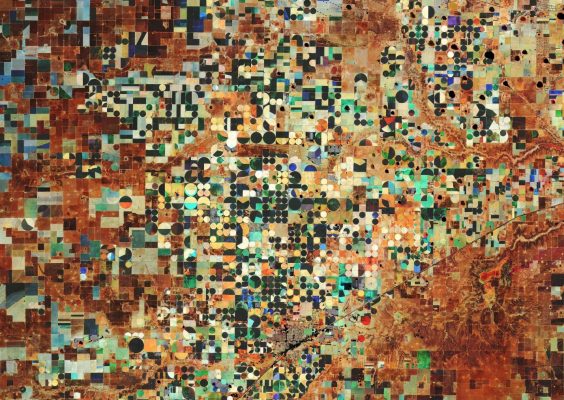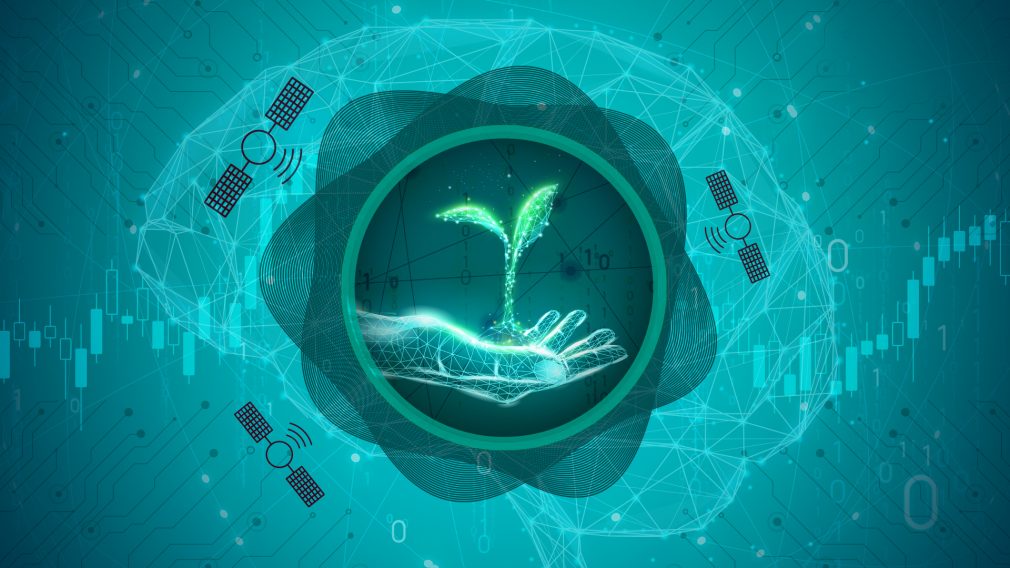The agricultural commodities market is one of the most active, liquid and vibrant markets in the world thanks to its mix of participants, ranging from individuals to farmers, commercial firms, large corporate companies and government institutions, accessing it from anywhere in the world.
Soybeans and soybean by-products are the most-traded agricultural commodities, comprising more than 10% of the total value of the global agriculture trade.
Risks associated with the soybean chain
At every stage of the soybean production chain, from planting, growing and harvest, to exporting and processing, market participants face the risk of adverse price movements caused by the oscillations of the market, supply and demand.
Futures and options on soybean and by-products provide a means to manage this risk and take advantage of potential profit opportunities.
Futures contracts are agreements to buy or sell an asset at a future date at an agreed-upon price. Futures are a very popular asset class because they have standardized terms and are traded on an exchange, where prices are settled on a daily basis until the end of the contract. Companies and individuals can trade futures contracts either for hedging or speculative reasons.
Agricultural commodities futures contracts, as a hedging method, is very important to the companies, organizations and farmers that produce, purchase or do business with soybeans products through these contracts. They can buy or sell products in the future against any risk since the price and the contract expiration are pre-agreed.
Nonetheless, small and medium size traders and trading organizations are currently underserved since competing services or means to acquire soybean futures contacts price forecasts are currently not affordable for this market segment, and many times require special financial knowledge or in-house analytic skills and infrastructures.
A new, hedging role for EO and AI
A new activity, funded under the Permanently Open Call, is addressing this niche traders segment needs by developing a proof-of-concept prototype for forecasting soybean futures contracts price moves using Artificial Intelligence models based on financial & macroeconomic features and Earth Observation products.
The project, named SPATIAL (Soybean Price forecAsting based on saTellite-derIved services and Artificial inteLligence), is developing two distinct Machine Learning (ML) models, one for soybean crop yield forecasting and one for prediction of soybeans futures contracts price moves.
They will be (also) fed by EO data, including ERA5 Reanalysis Copernicus Climate Change Services (C3S), Landsat 7 and 8 data in the visible, near infrared and shortwave infrared parts of the E/M spectrum and Sentinel-2 data that offers additional bands in the vegetation Red Edge. Crop rotation practices together with the target to scale up globally after the end of the proof-of-concept have dictated the necessity to study in-season crop mapping techniques for which Sentinel-1 Synthetic Aperture Radar data are also necessary. The Earth Observation (EO) dataset covers the US region, being US the largest soybean producer globally.

The multi-parametric and multi-feature AI-system will be ultimately offered as a service in reasonable cost for soybeans commodities purchasing, trading and SME companies helping them fortify multi-million soybeans purchasing decisions against price risks.
SPATIAL interface will present the prediction, the prediction result and a series of economic and other metadata, so that the user can appreciate the quality and the success of the prediction, providing at the same time, useful information regarding the economic conditions at the time of the reference date. Finally, the system will present an overview on how the prediction was calculated, giving the contribution of each feature to support an Explainable AI paradigm.
Future(s) perspectives
As the world’s largest source of animal protein feed, and the second largest source of vegetable oil, soybeans are one of the most important crops around the globe. Overall, the demand and consequently the production of soy is expected to rise in the following years, positively affecting the whole value chain, namely farmers, buyers, animal feed producers, biofuel producers, as well as food producers.

Consequently, the volume and the value of the soy commodity exchange market (including soybeans, soy meal and soy oil) are also expected to expand thus creating important opportunities for traders, brokers and consulting companies. Therefore, the need for systems supporting soy purchasing/trading decisions is evident.
In this context, SPATIAL addresses a niche developing market with obvious potential and targets the bulk of the users/potential customers involved in the global soy market value chain.

